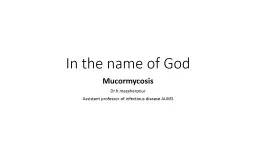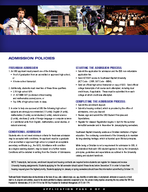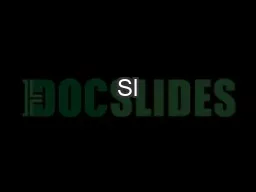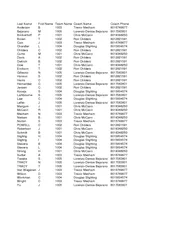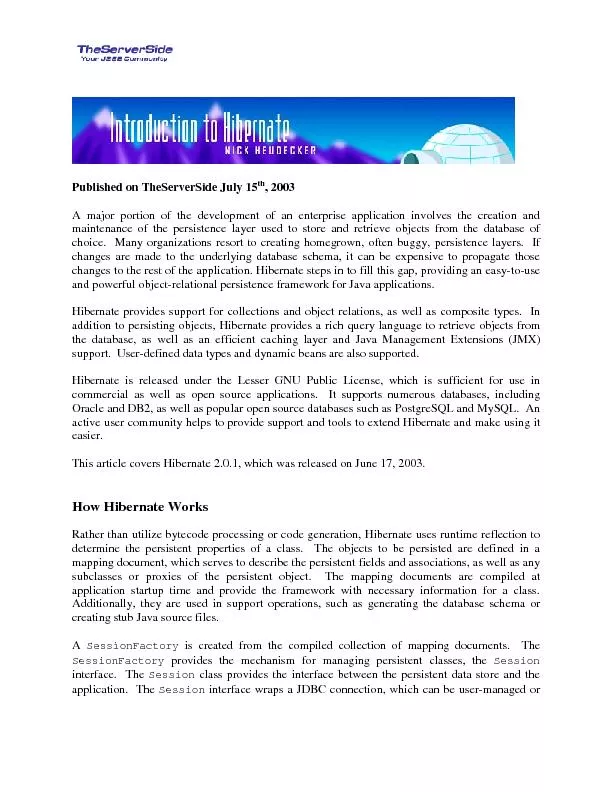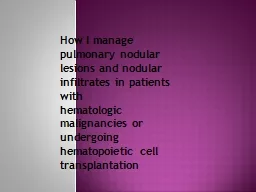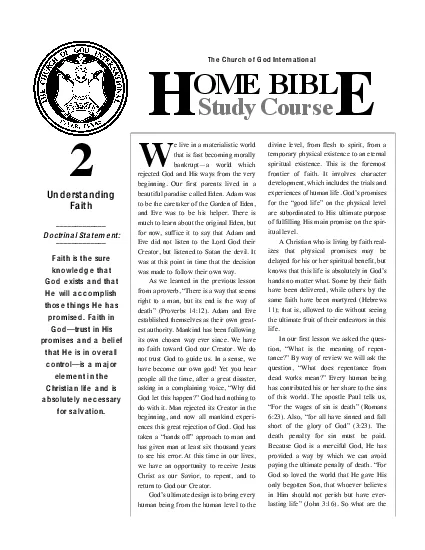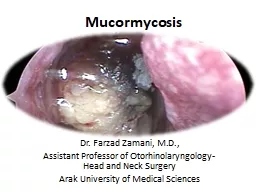PPT-In the name of God Mucormycosis
Author : NoPainNoGain | Published Date : 2022-08-01
Drhmazaherpour Assistant professor of infectious disease AUMS A 38yearold male was admitted to our Hospital a tertiary care center with a history of fever for 4
Presentation Embed Code
Download Presentation
Download Presentation The PPT/PDF document "In the name of God Mucormycosis" is the property of its rightful owner. Permission is granted to download and print the materials on this website for personal, non-commercial use only, and to display it on your personal computer provided you do not modify the materials and that you retain all copyright notices contained in the materials. By downloading content from our website, you accept the terms of this agreement.
In the name of God Mucormycosis: Transcript
Download Rules Of Document
"In the name of God Mucormycosis"The content belongs to its owner. You may download and print it for personal use, without modification, and keep all copyright notices. By downloading, you agree to these terms.
Related Documents

